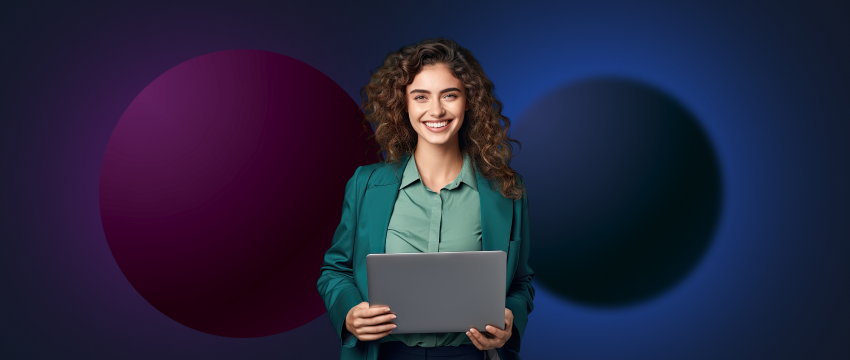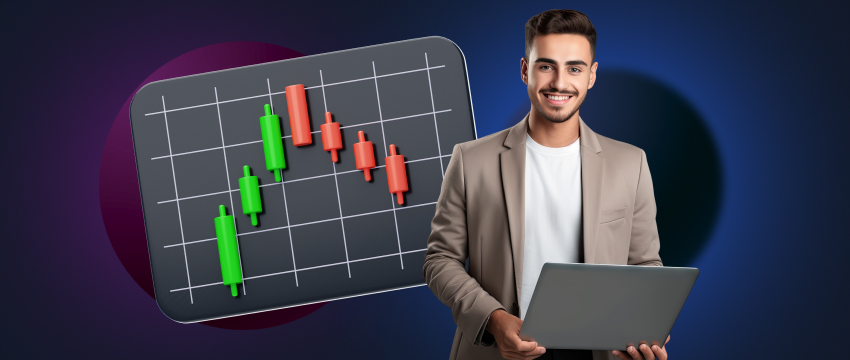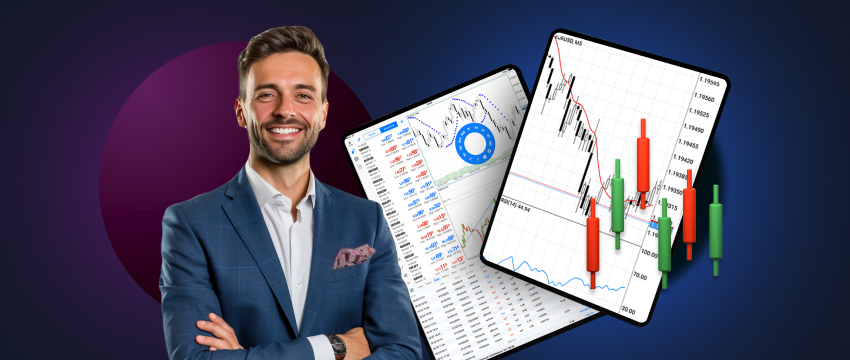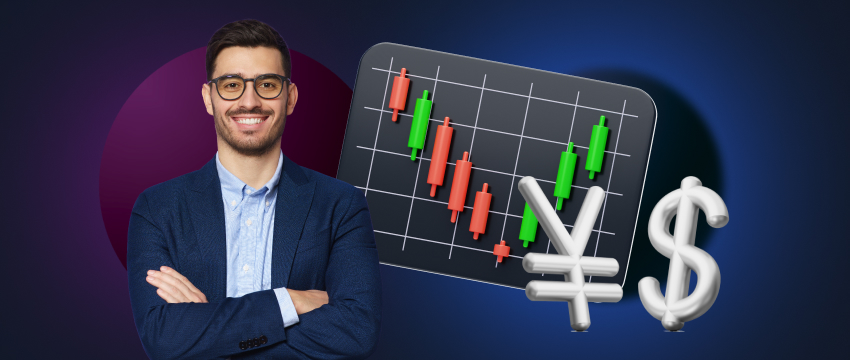Every aspiring investor must ask a crucial question: Can they trade with no money at all? This applies whether they’re drawn to forex and options markets, デイトレード excitement, or swing trading strategies.
This is an important question because your trading capital will determine the trading and risk management strategies you employ and the possible returns you may experience. Even the best trading strategy may fail if there is insufficient funding.
Usually, there is no one-size-fits-all solution. The type of trading you wish to do, your trading style, your risk tolerance, and the broker’s brokerage requirements all have a big impact on how much money you need to start trading.
This article will give you the information you need to make more informed choices about how much trading capital you need to increase your chances of success, regardless of your level of experience.

How trading capital works
Trading capital is the money you set aside especially for trading. It’s the amount of money you’re willing to risk in the markets, which is distinct from your emergency savings, long-term investments, savings, and other financial obligations. As a result, the foundation of your trading strategies, risk management, and possible revenue is your capital.
You must consider your trading objectives, risk tolerance, and personal finances when calculating your trading capital. In the end, this ought to be a sum that you can afford to lose without endangering your financial stability.
It’s also critical to recognise that trading is a marathon, not a sprint, and to have reasonable expectations regarding the growth potential of your capital.
You can progressively raise your investment capital as you acquire more experience and develop your trading abilities. Numerous prosperous traders begin with smaller sums and gradually increase their accounts as they establish a solid track record and steady revenue.
How do brokers make money?
Most of the time it is impossible to trade with zero money as brokers charge some fees.
スプレッド
Trading brokers make the majority of their money from the spread. This implies that the amount traders pay for a trade will differ from the price of the instrument itself. A trading broker must fully disclose spreads on their website or platform if they choose to include them in your trades.
Commissions
Regardless of the industry, commission-based pay is the most popular fee structure for CFD brokers.
Brokers may charge commission when opening or closing a transaction, either as a percentage of the total transaction value, a flat rate, or on a per-share basis.

Trade on a demo account without depositing
Demo accounts offered by brokers allow traders to test out various tools and setups.
These accounts give you firsthand experience with that broker’s particular platform by enabling you to practice trading with no funds in a simulated setting using virtual funds.
Before trading with real money, demo accounts are an excellent method to determine whether a broker’s interface, order execution, and general user experience meet your needs.
The majority of broker demo accounts offer access to either delayed or real-time market data, which makes them helpful for education. But there are some compromises:
Demo accounts do not provide the depth or flexibility of independent trading platforms because brokers design them to highlight their features and tools. Also, a lot of demo accounts have time limits that limit how long you can use them.
How to assess trading capital
It’s critical to determine how much money you can realistically devote to trading before entering the markets. This process entails a comprehensive assessment of your overall financial goals and health, not just a simple check of your bank balance.
Calculating your net worth
Determine your net worth first. Include all of your assets, such as investments, savings accounts、そして real estate values.
Next, deduct your debts, including credit card debt, auto loans, and mortgages. Your net worth is the outcome. All of this should not be regarded as possible capital, though.
Assessing your monthly budget
Next, assess your monthly earnings and outlays. Make a thorough budget that accounts for all essential living expenses, debt repayment, and savings objectives.
Your discretionary income is the amount of money that remains after paying for these necessities. One can devote a portion of this to trading.
Building an emergency fund
Having an emergency fund is essential. Three to six months’ worth of living expenses should be saved, according to experts. This safety net guarantees that in the event of unforeseen expenses, you won’t have to withdraw your trading funds.
Understanding your trading risk tolerance
Think about how much risk you can tolerate. In general, you should never take on more risk than you can bear.
Many financial advisors advise beginning with no more than 5% to 10% of your investable assets if you’re just starting out.
Consider age and financial goals
Your age and financial objectives also come into play. Younger people with longer time horizons might feel more at ease investing in riskier trading ventures, whereas people who are getting close to retirement might favor a more cautious strategy.
Accounting for additional trading costs
Keep in mind that trading capital is used for more than just placing trades. You must account for expenses like platform fees, commissions, and profit-sharing taxes.
Furthermore, having more capital than you use for active trading gives you a safety net against losses and gives you more strategy flexibility.
Typical mistakes in money management made by new traders
Due to their initial lack of capital, many novice traders are unable to control reasonable risk and withstand unavoidable losses.
Although the risk isn’t the more modest starting amount per se, it can influence emotional choices and the desire to overtrade or take on excessive risks in an attempt to make up for it.
The possibility of using leverage or high margins to increase profits may also draw in new traders. However, the risk of suffering significant losses can be significantly increased by overleveraging.
Leverage is a double-edged sword that novices should use with caution, if at all. This is crucial to understand.
Lastly, it’s a common mistake to not keep investment capital separate from other personal finances. Instead of risking money they cannot afford to lose, new traders should set aside a certain amount for investing. Combining trading and personal money can cause both emotional and financial stress.
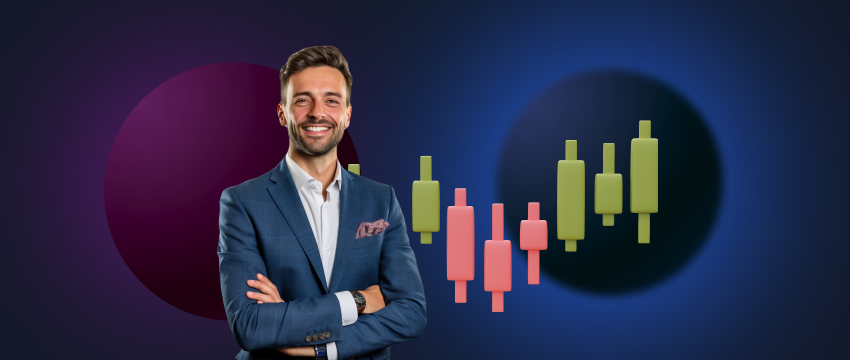
4 Tips for starting small
Here are some suggestions to assist you if you’re starting with little money:
To increase market exposure with smaller trade sizes, think about opening an account with a trustworthy broker that has no minimum balance requirements.
Prioritize creating a sound trading plan and risk management strategy before raising the amount of money you risk.
Demo accounts, educational webinars, and instructional materials can all be used to improve your skills without having to risk real money.
As you gain experience and continue to turn a profit, gradually raise your capital.
Disclaimer: This material is for general informational and educational purposes only and should not be considered investment advice or an investment recommendation. T4Trade is not responsible for any data provided by third parties referenced or hyperlinked in this communication.
